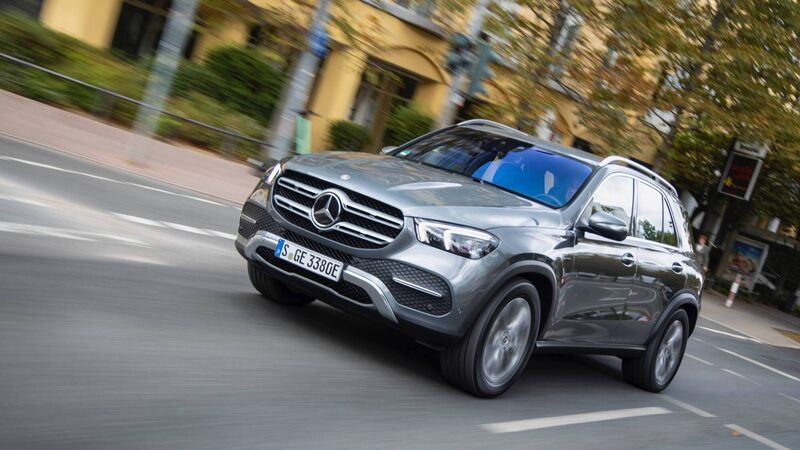SUVs drive trend for new cars to grow 1cm wider in EU every two years, says report

New cars have become so bloated that half of them are too wide to fit in parking spaces designed to the minimum on-street standards in many countries, a report found.
New cars in Europe have grown 1cm wider every two years, driven by large luxury SUVs whose sales show no sign of slowing, according to a new analysis.
Transport and Environment (T&E), the campaign group and author of the report, claimed that the trend will continue due to the rising sales of SUVs — unless lawmakers take action.
New cars have become so bloated that half of them are too wide to fit in parking spaces designed to the minimum on-street standards in many countries, the report found.
The average width of a new car in the EU passed 180cm in the first half of 2023, having grown an average of 0.5cm each year since 2001.
T&E analyst James Nix said: "That may not sound like a huge figure. But the reality is that — unless there is reform — a cohort of large luxury SUVs and pickups will become as wide as trucks and buses.”
The T&E research echoes the warnings of experts in Ireland who told the Oireachtas Climate Committee last year that SUVs would have been the sixth-largest emitter of carbon in the world last year if they were a country, while cars are now 300kg heavier than they were since the beginning of the century.
"The average mass of new vehicles sold in Ireland increased by 25% in the past two decades. Cars are now 300kg heavier than they were in 2001. The mass of individual car models is growing and sales are shifting towards larger and heavier vehicle types, such as SUVs," University College Cork (UCC) professor of sustainable energy Hannah Daly told TDs and senators.
Environment Minister Eamon Ryan said in November that taxing higher-polluting SUVs is a measure that the Government will examine over the next year.
Big cars are more likely than small cars to kill people in crashes because they weigh more and have tall front ends that trap victims beneath them instead of knocking them to the side. They also pump more toxic gas into the air and eat up more space on roads and pavements.
For some cars that were originally designed decades ago, the need to incorporate safety features like airbags and crumple zones are part of the reason that newer models have grown bigger. But the recent trend is driven by consumers buying far larger cars that make roads more dangerous.
In the mid-1990s, the EU banned vehicles wider than 2.55 metres to stop trucks and buses from growing too large. However, the legislation did not create separate limits for cars, which analysts say have started to cross key thresholds for which roads and cities were not designed.
Ahead of a planned revision of EU vehicle rules, campaigners have called on lawmakers to support a clause that would make the European Commission review the width limit. They argue that the trend towards bigger cars has reduced the space for other road users and increased the danger.
Crash data from Belgium from 2017 to 2021 shows that a 10cm increase in the height of vehicle fronts raises the risk of death by 30% when a car hits a pedestrian or cyclist, according to a study by the Vias Institute, previously the Belgian Institute for Road Safety.
The growth in car size also causes issues for their drivers. The report found that large luxury SUVs, which are around two metres wide, no longer fit in off-street parking. They also leave too little space for passengers to get in and out of vehicles in typical off-street spaces, which are around 2.4 metres wide, the T&E report found.









